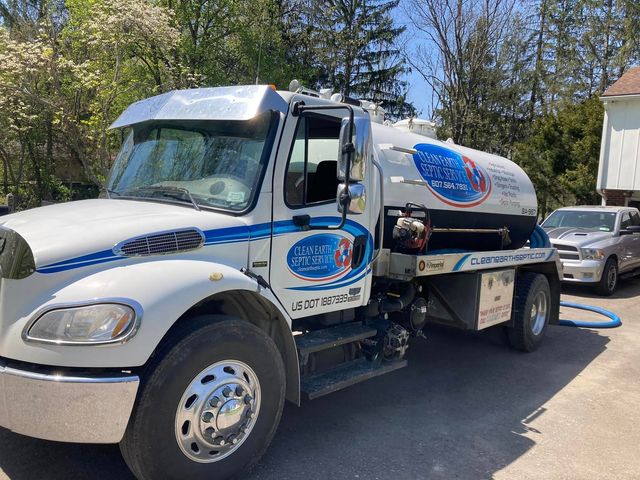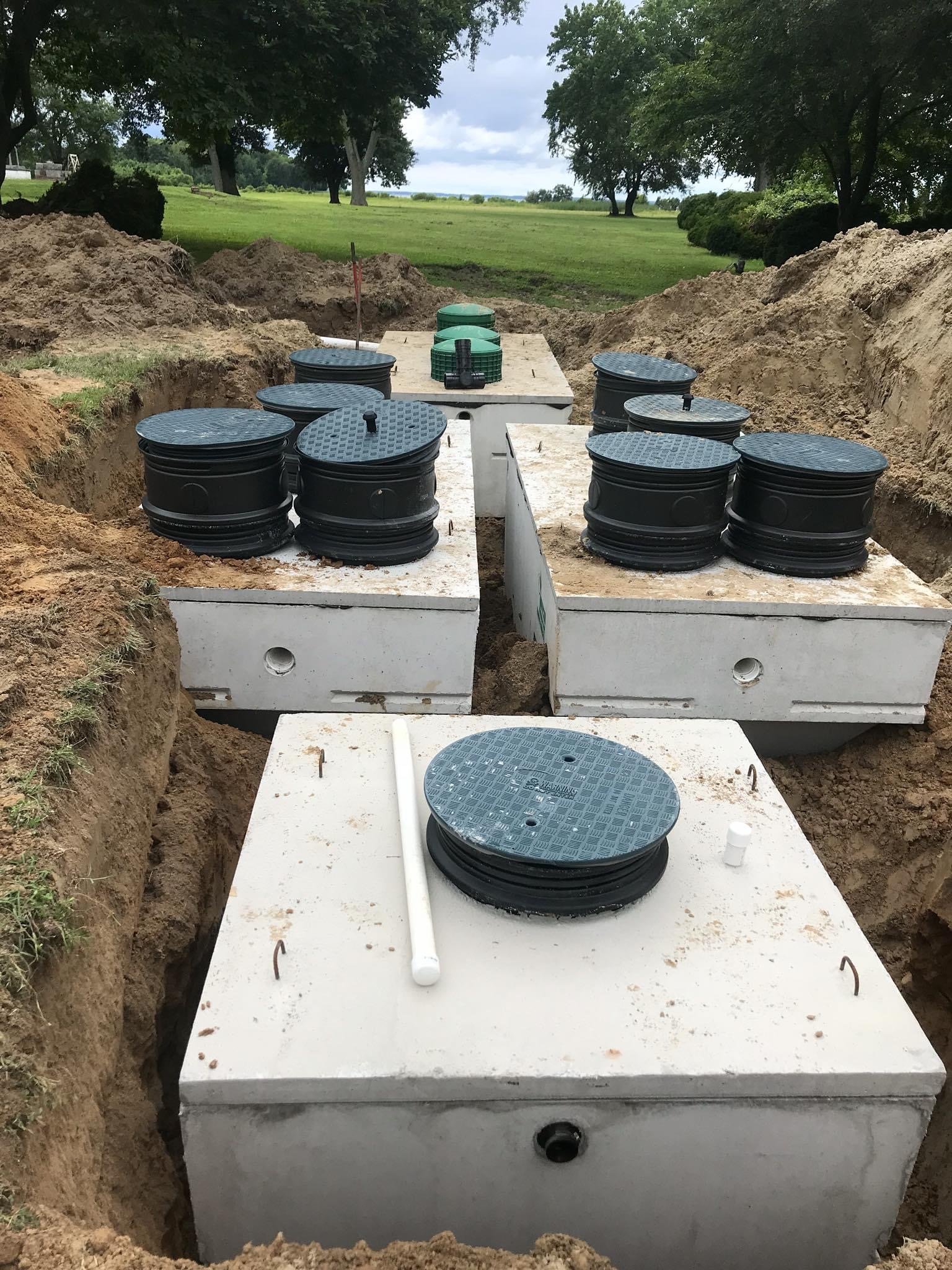The Main Principles Of Stillwell Septic And Grading
Table of ContentsThe 45-Second Trick For Stillwell Septic And GradingThe Single Strategy To Use For Stillwell Septic And GradingStillwell Septic And Grading Things To Know Before You BuyRumored Buzz on Stillwell Septic And GradingNot known Facts About Stillwell Septic And GradingAbout Stillwell Septic And Grading
A dripping bathroom can throw away hundreds of gallons of water a day. Take baths with a partially-filled bathtub and do not leave the tap running when doing other jobs. Clean just full loads of dishes and washing.
The 3-Minute Rule for Stillwell Septic And Grading
Stay clear of shedding piles of fallen leaves or branches over the drainfield, as the warmth might harm the plastic pipelines below. Restriction the enhancement of topsoil or garden compost to no greater than 2 to 3 inches over the drainfield. Septic Service, Maintenance and Installation. A good general rule for landscape design over drainfields is to utilize shallow-rooted plants that do not require additional topsoil to grow
Turf is the ideal cover. Avoid trees, bushes, and water-loving plants with deep origins. Yards, blended wildflowers, and ground covers with superficial roots are great choices. Plant trees and bushes at least 30 feet far from your sewage-disposal tank and drainfield to keep roots from entering into and damaging or blocking the drainfield pipelines.
To find out more please go to the Landscape design Your Drainfield web page. A septic tank failing triggers without treatment sewer to be launched and transported to where it should not be. This might trigger sewage to come to the surface area of the ground around the storage tank or the drainfield or to back up in pipelines in the structure.
The Of Stillwell Septic And Grading
In most instances, the individual that drops in ventures out without significant injury. But a youngster's tragic fatality is a tip to evaluate your septic tank for damaged or missing lids. Owners of septic tanks are responsible for making certain the systems are safe and function properly, including having a safe and secure lid on the storage tanks
Use screws, screws, or various other locks to secure the covers and avoid very easy gain access to. Never ever drive or park vehicles on top of septic systems- it can damage or dislodge the cover.
See This Report about Stillwell Septic And Grading
Ensure the lids are protected after dealing with your septic tank. Show kids that the septic storage tank lids are not to be played on or opened. Have septic systems that are no more in operation effectively decommissioned. For various other general safe methods around septic tanks please evaluation the Septics 201 Do It Yourself Program Septic Safety And Security Tips.
Keeping in mind the degrees will certainly help determine if there is a possible problem with the system. Then, the container will certainly be completely pumped down, getting rid of all of the liquid and strong waste. When the tank is entirely pumped, the inlet and outlet tees of the will certainly be inspected to guarantee they are still intact and working correctly
The smart Trick of Stillwell Septic And Grading That Nobody is Talking About
If you are home at the time of service (totally not called for if that's not your point) you might be asked to flush your toilets to make sure whatever is streaming effectively. As soon as the solution is complete, the septic system will be covered as it was when we got here! Experts advise having your system internet pumped every 3 to 5 years yet numerous aspects ought to be considered when deciding how typically your septic container requires to be serviced.

If your septic has actually not been serviced in more than 6 months, we would desire to service the septic. If the issue persists, a drainpipe cleaner will certainly then be sent out to clear the line to the septic container.
Stillwell Septic And Grading for Beginners

If the ponding is concentrated over the leach area that might mean a leach line is obstructed with Bio-Mat and needs to be fixed or replaced. Many septic storage tanks have a couple of covers; one over the inlet side of the sewage-disposal tank (where the water from your home gets in the container), one in the center of the tank, and one on the electrical outlet side of the storage tank (where the liquid from the storage tank departures to your leach field).
Cut up food bits do not break down in the septic system and can make their way out right into your leach area lines triggering clogs. Waste disposal unit, even those significant septic risk-free, are not thought about helpful for your septic system. Proper working degree is where the water degree in your storage tank fulfills the electrical outlet tee of the container.